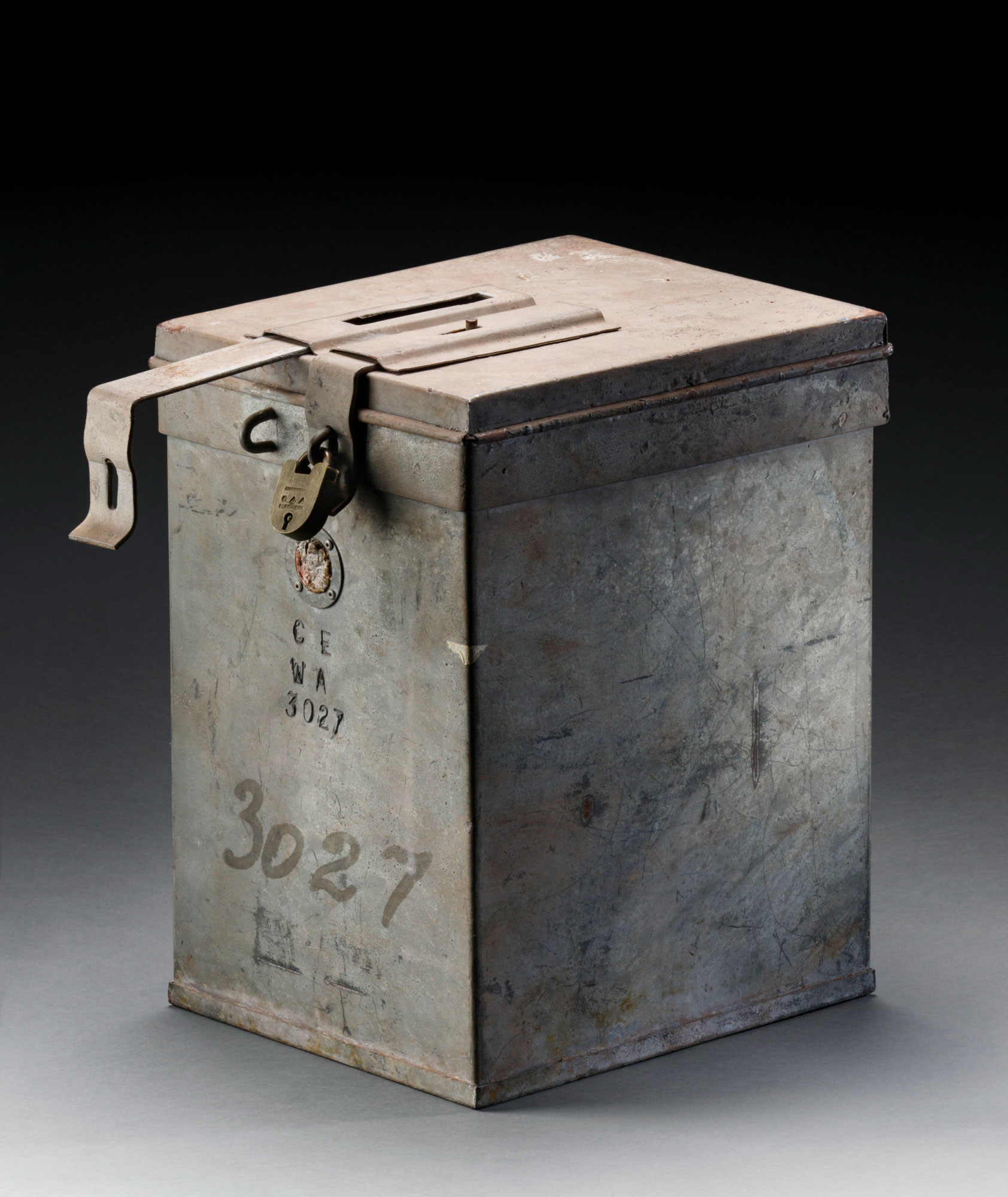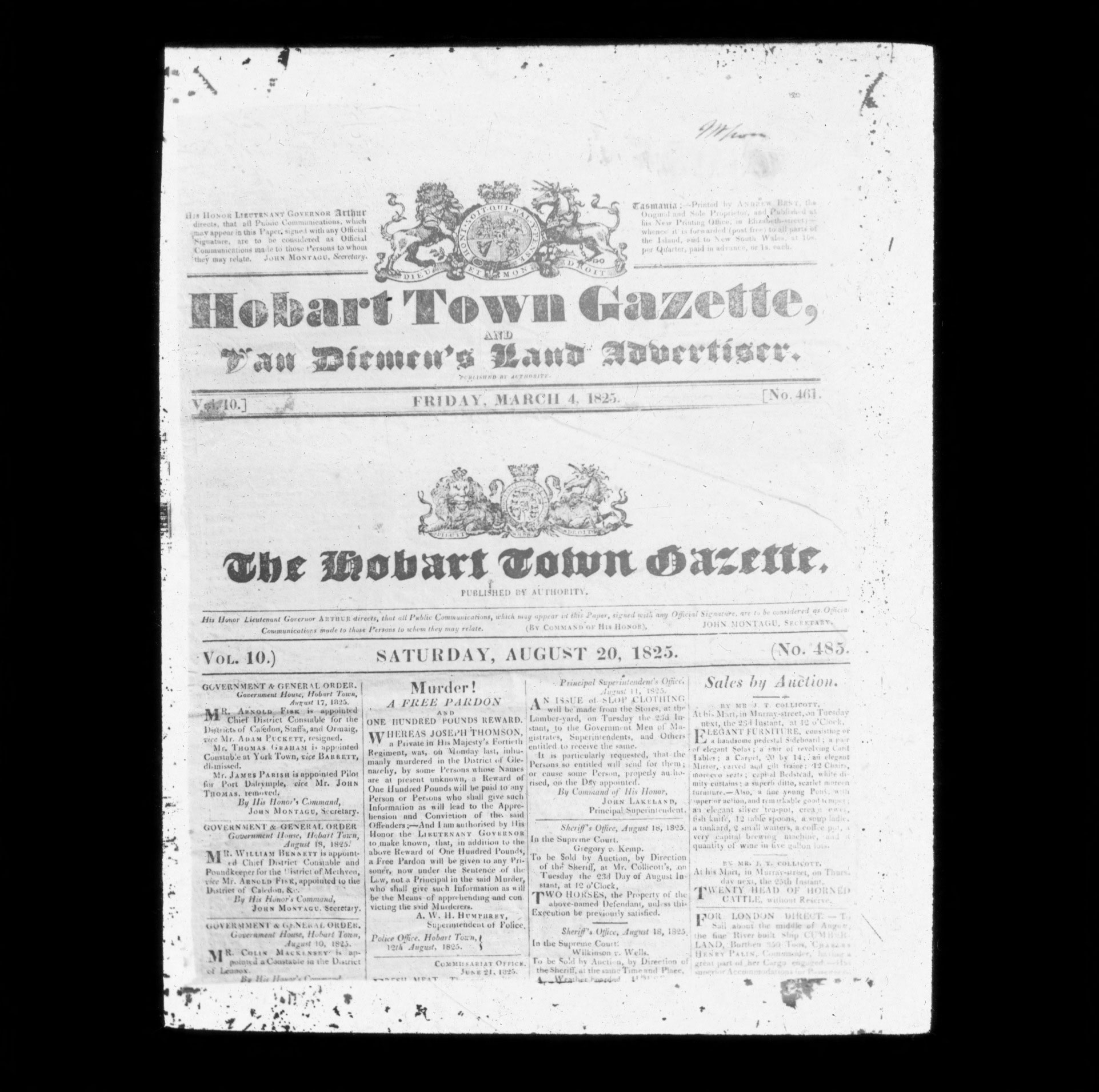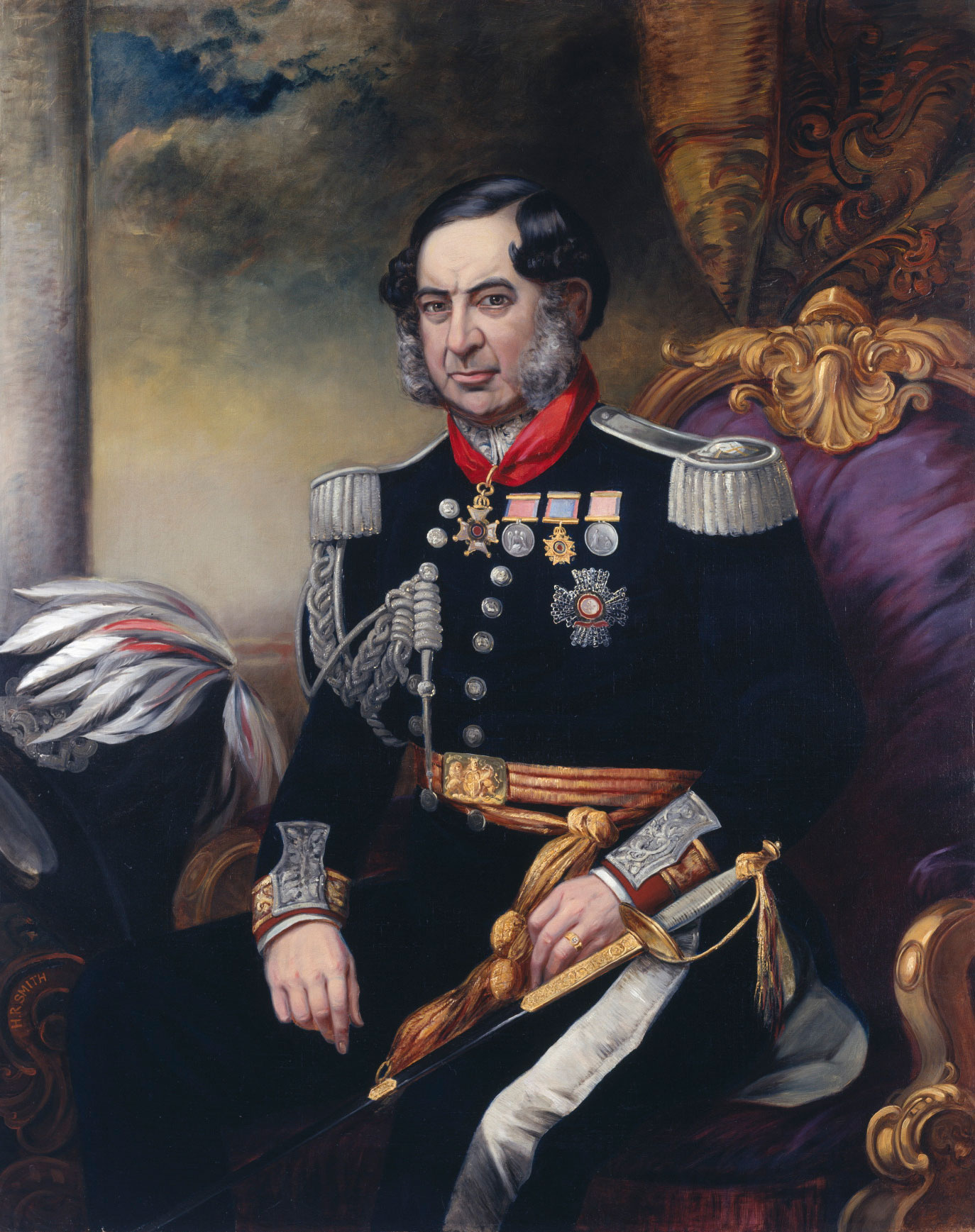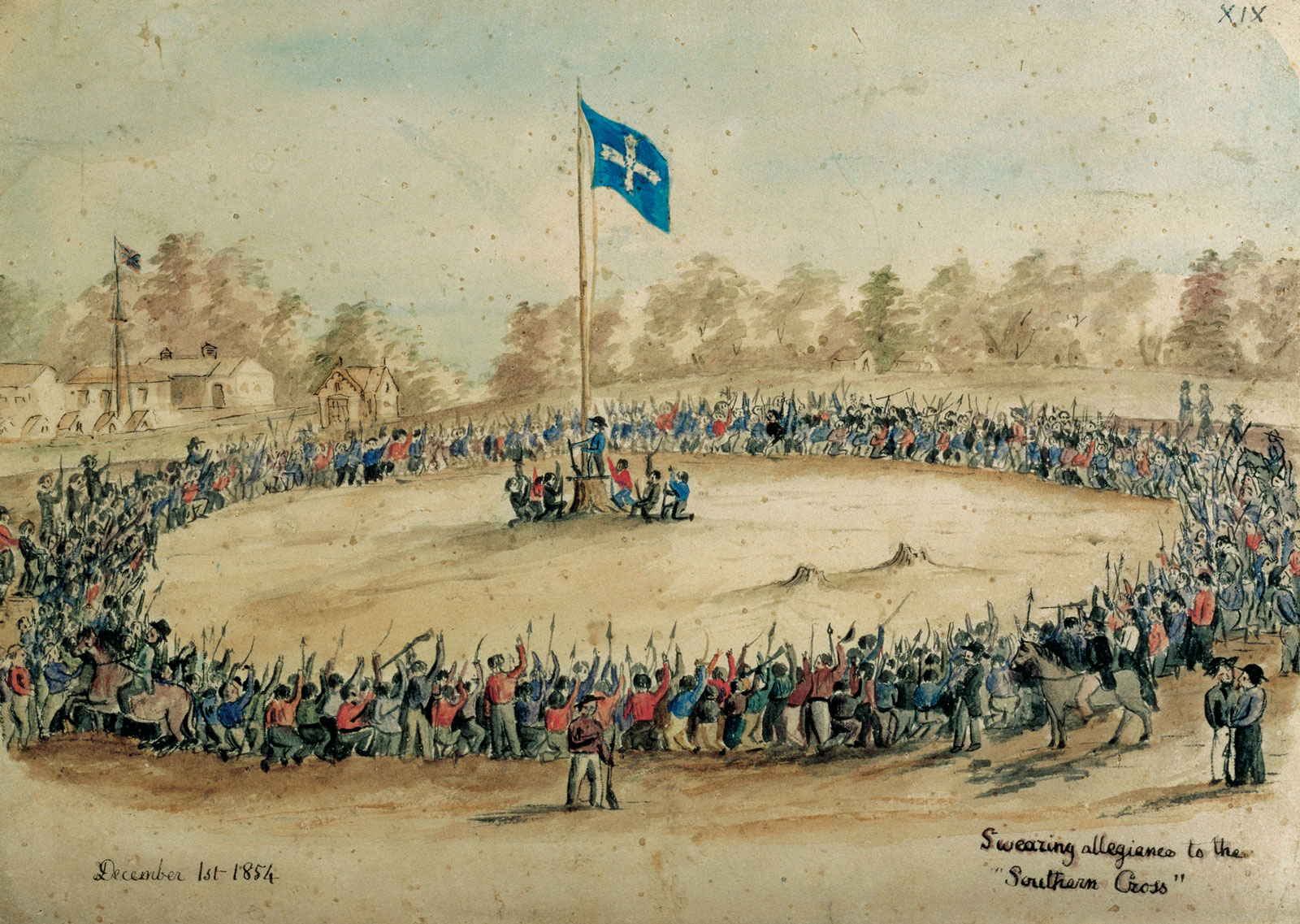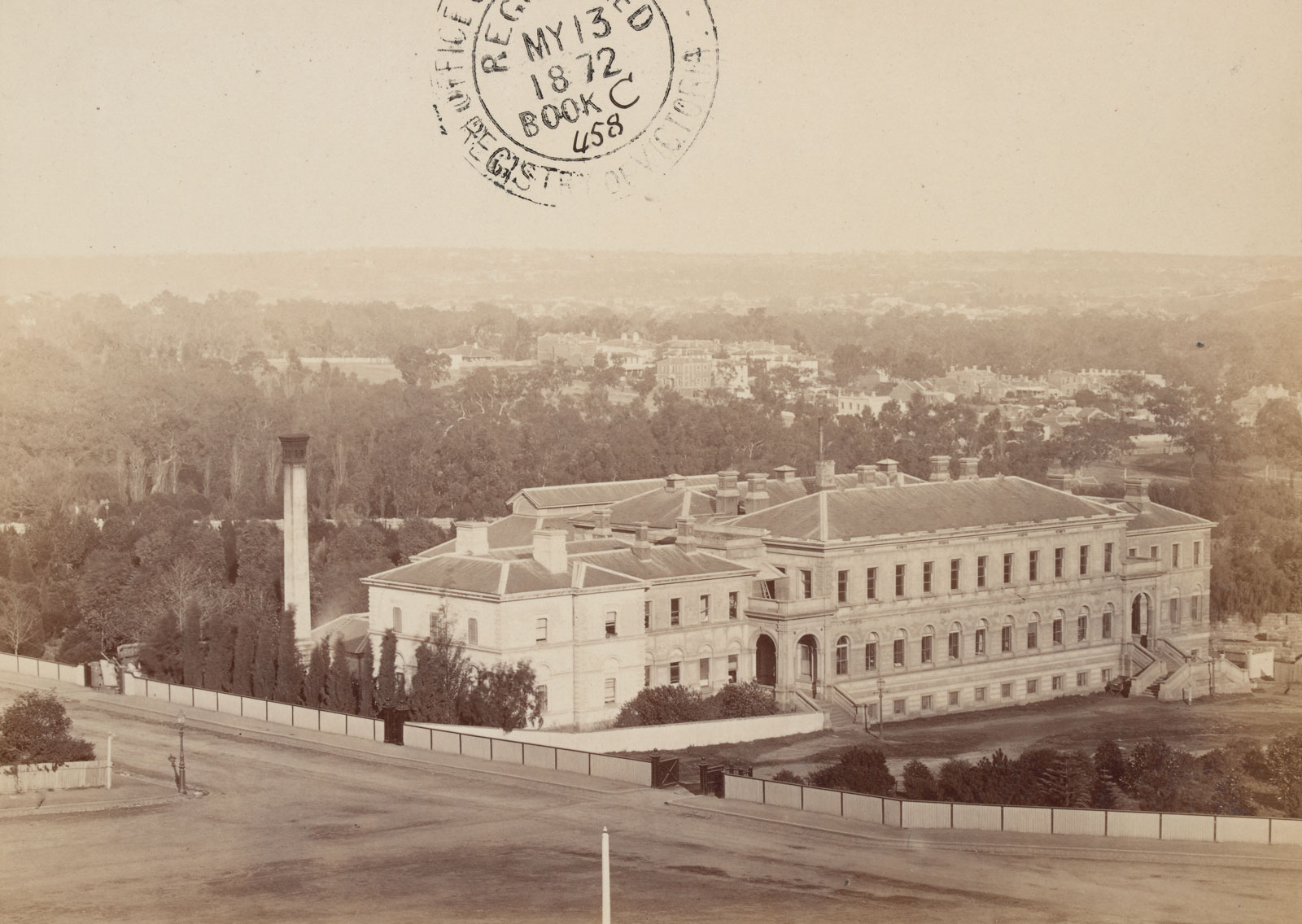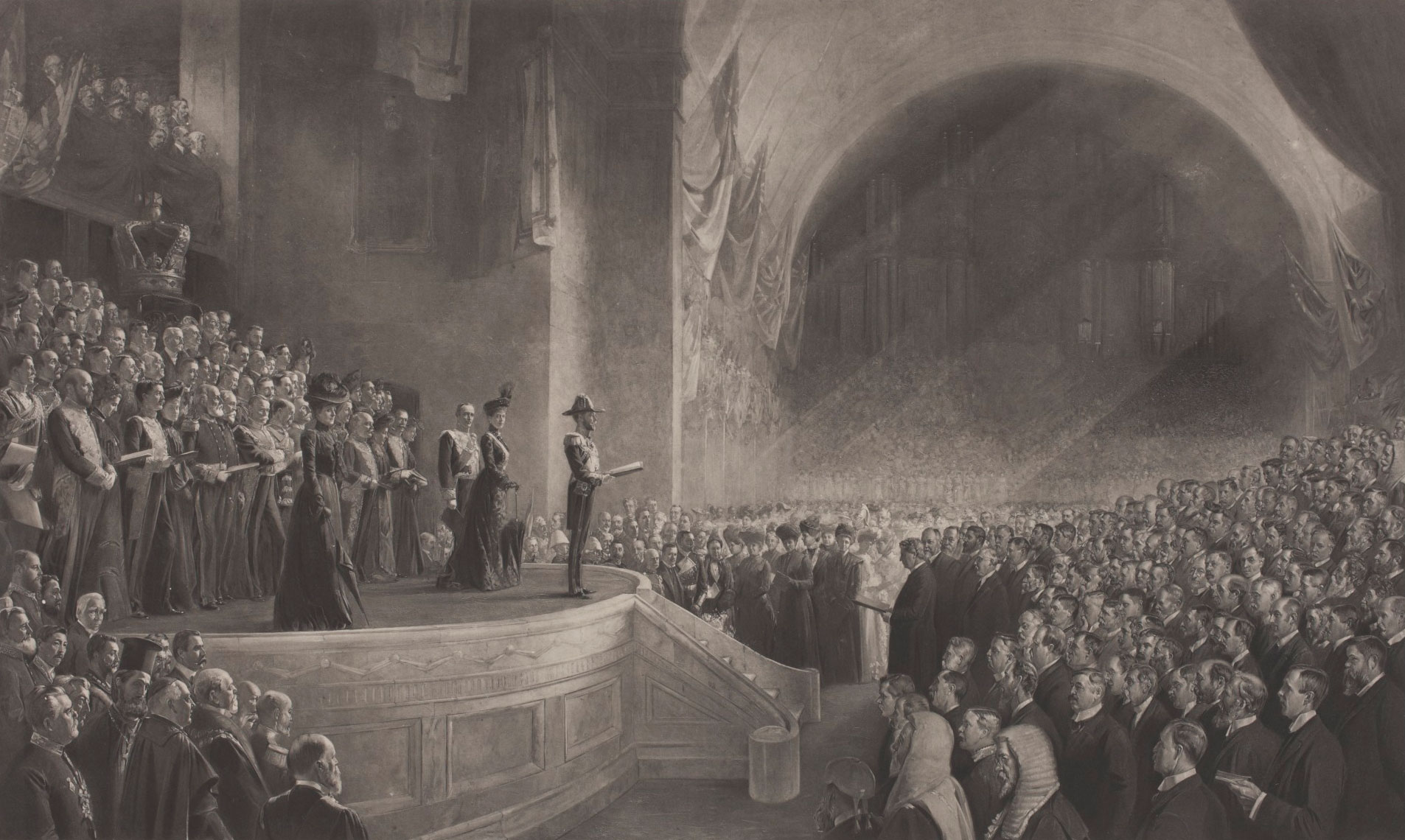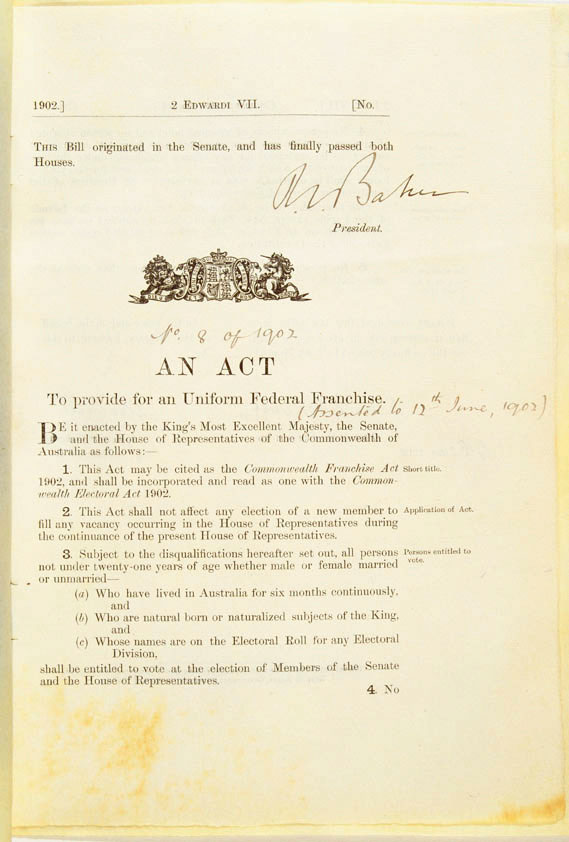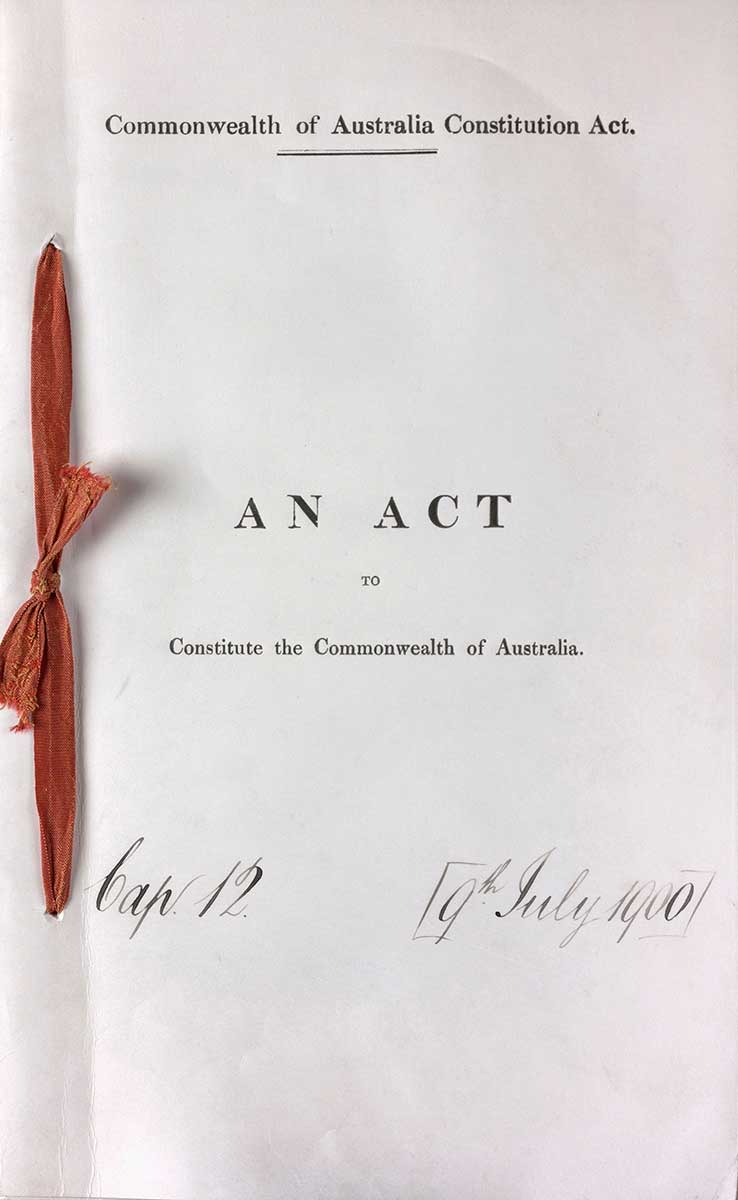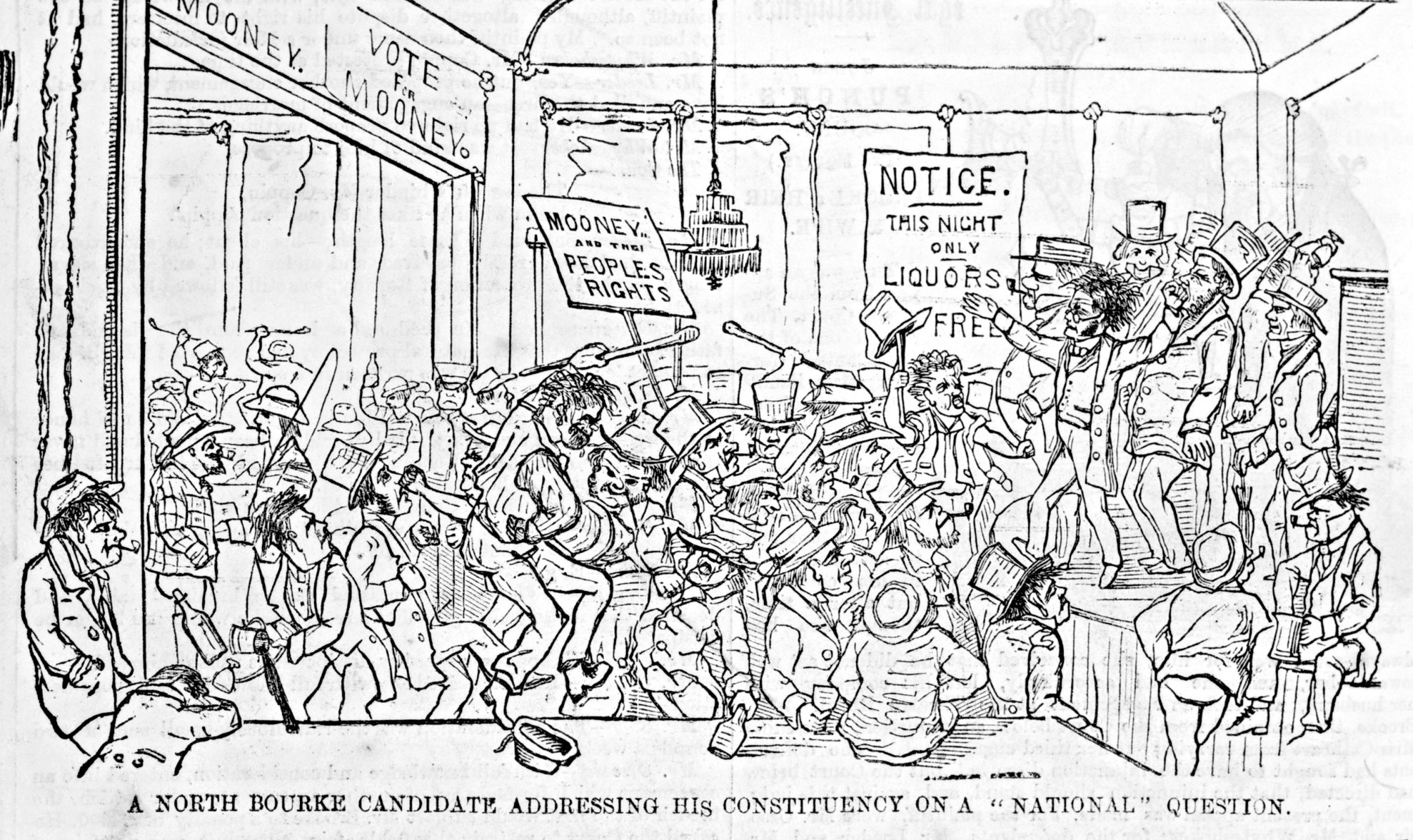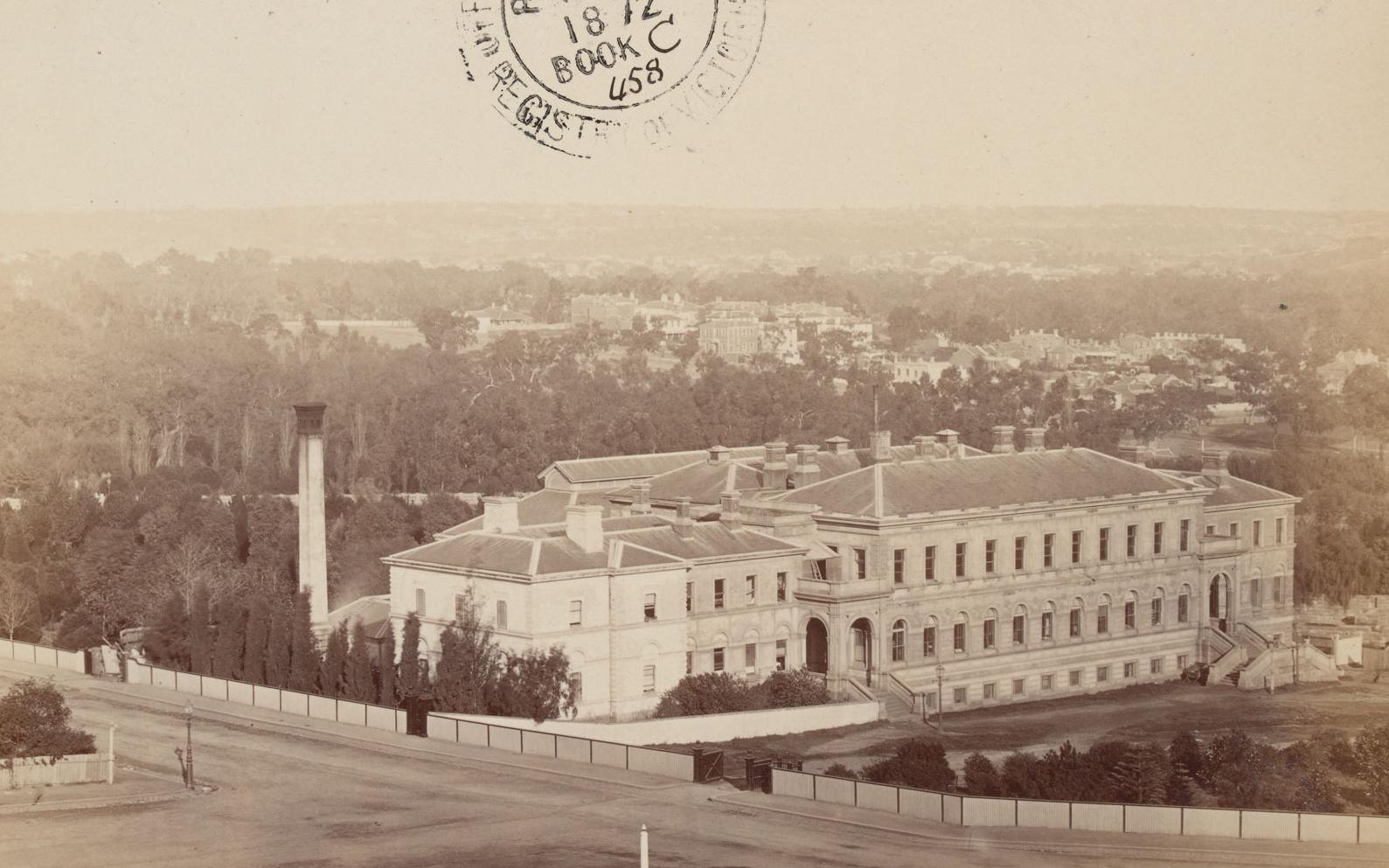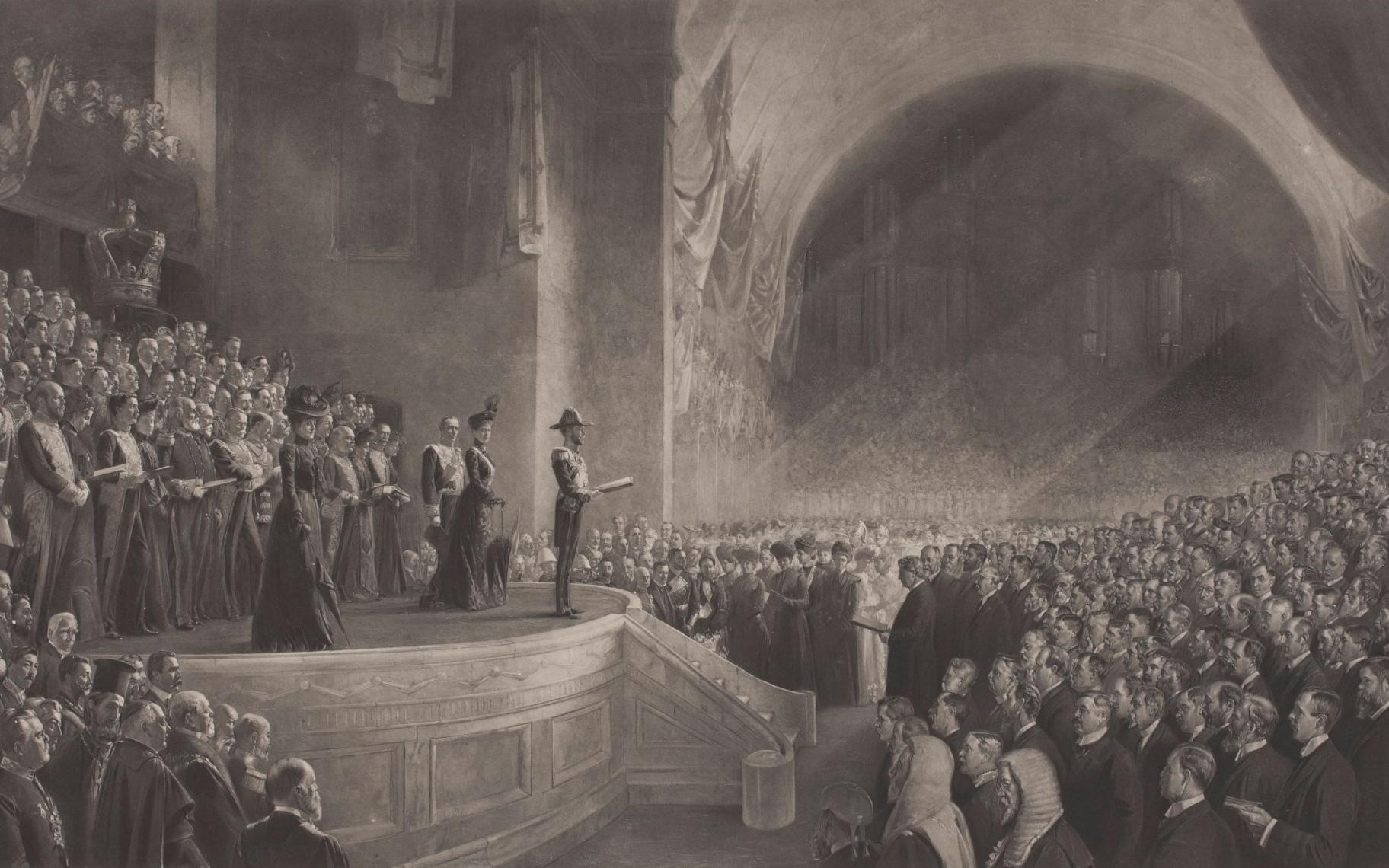Learning module:
Making a nation Defining Moments, 1750–1901
Investigation 4: Making a democracy
4.7 1894 South Australian women vote: Women’s suffrage
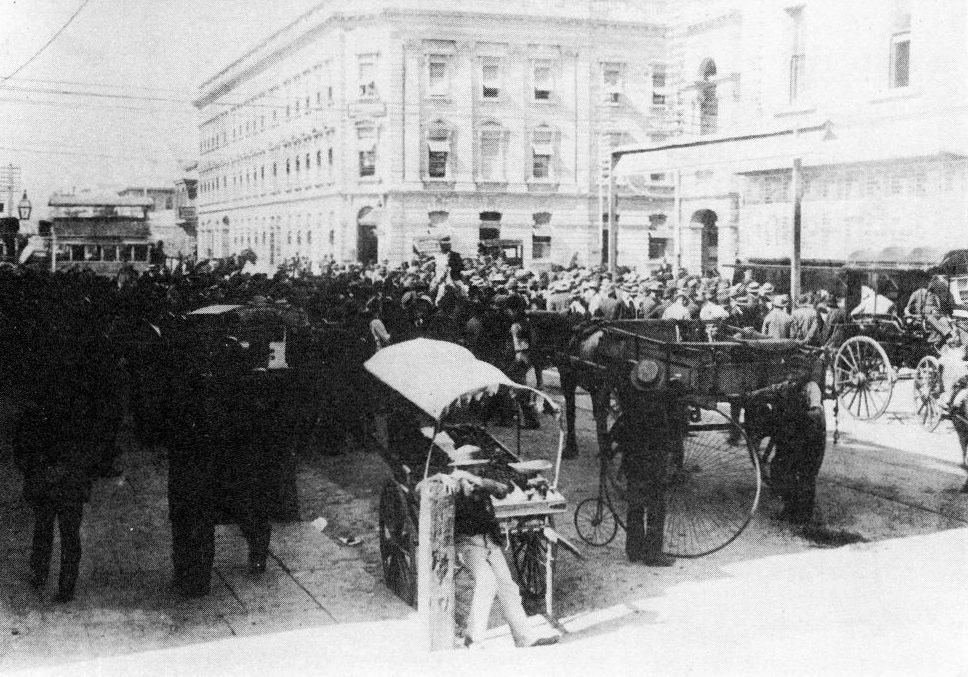
A modern understanding of democracy is that all adult citizens have the vote.
This was not the understanding of the nineteenth century. Who had the right to vote, or suffrage, progressed through several stages in Australia. At first only men of European decent with a certain value of property could vote. Next, most men were given the right to vote (male suffrage), then women (female suffrage), and eventually all adult citizens, regardless of their race, gained the right to vote (universal suffrage).
How and when was female suffrage achieved in Australia?
1. In what areas were women’s rights limited during most of the nineteenth century? (There may be more than one answer.)
2. What methods were people using to extend women’s rights to be equal to those of men?
3. What arguments were used against women having a vote?
4. What conditions meant that there was a chance of making a change to the law by 1894 in South Australia?
5. What change did the 1894 bill presented to the South Australian parliament seek to make to the franchise law?
6. Why did the rights given actually end up being greater than was expected?
7. What was the result of the Act?
8. What does this event help you understand about the development of democracy in Australia?
9. Why was this Defining Moment so significant in Australian history?
10. If you were advising the National Museum of Australia on an object that it could display to tell the story of this event, what would you suggest? (You can see what objects they actually have using the National Museum of Australia collections search)






